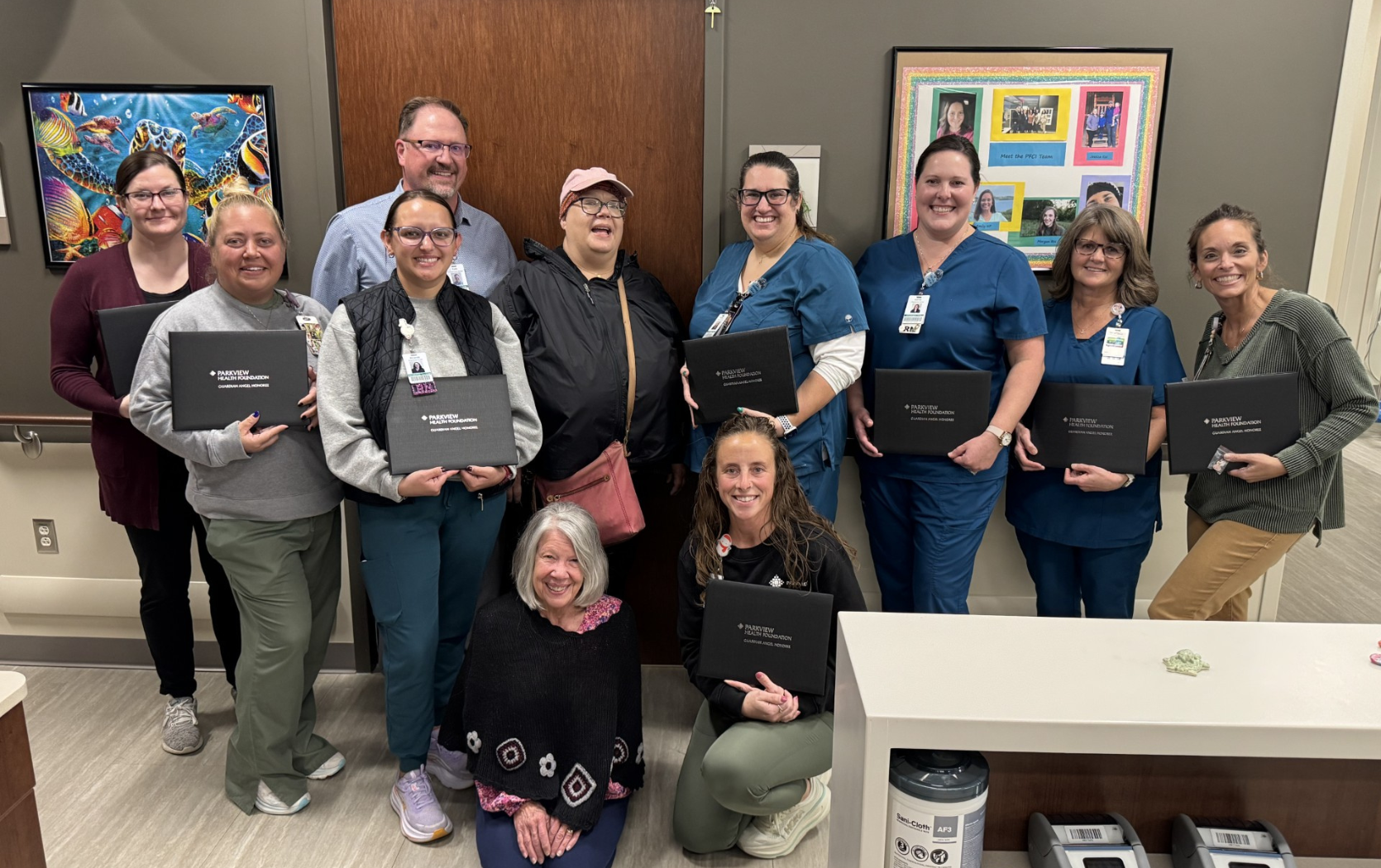In 2014, 16.3 million adults had an alcohol use disorder. Alcohol is the fourth leading preventable cause of death in the United States, but often we aren’t sure when a loved one’s drinking warrants treatment. Phyllis Schreiner-Tata, licensed addiction counselor, IOP Programs, Parkview Behavioral Health, helps us work through some common questions about the disease.
Signs there’s a problem
Unfortunately, it may be difficult to determine if a loved one has a problem with alcohol in the early stages of use. The individual may not even be aware of it at first or may be in denial that there is a problem. Some signs to look for are personality or behavioral changes. For example, starting to isolate or neglect responsibilities with family, their employer, or school. Another sign may be increased use, such as drinking more at one sitting or drinking more frequently. While intoxicated, the loved one may become more aggressive, have mood swings, or display impaired judgment (American Psychiatric Association, 2013). They may have slurred speech, incoordination, unsteady gate, or impairment in attention or memory. Legal problems related to using alcohol, such as driving under the influence or public intoxication, are also warning signs. A sign of high-dose or binge drinking would be having five or more drinks at one sitting. Repeating that pattern five or more times a month is considered heavy drinking (Inaba & Cohen, 2011).
What is a functional alcoholic?
A functional alcoholic is not a technical term used by mental health professionals, but sometimes individuals may identify themselves with this label. The term typically refers to an individual who is able to maintain employment, family and social life, and other activities with relatively few problems. Because their consumption has not caused any major problems, denial may be even greater. In fact, some people who could be diagnosed with having an alcohol use disorder use this as a defense.
When it’s time to get help
When an individual has lost control over how much and how long alcohol is consumed, then it is time to get help. Be aware that a person with an alcohol use disorder may quit for short periods of time to “prove” there is no problem but then resume use. Another sign is if the individual has tried to stop drinking but has been unsuccessful. If the individual starts having physical changes in the body when they abstain from alcohol, it would be important to seek medical treatment. In some cases, alcohol withdrawal can be fatal. Physical symptoms to take note of, include: sweating, increased heart rate, tremors, insomnia, nausea or vomiting, hallucinations, anxiety, and seizures. Physical symptoms can begin several hours after the last drink and last up to several days. If you suspect that you may have a problem, take this quiz and answer the questions as honestly as possible. If your answers indicate that you have a problem with alcohol, see your doctor or contact a mental health professional for help.
Other contributors to alcoholism
Genetics account for up to 60 percent of the risk in developing an alcohol use disorder (Inaba & Cohen, 2011). Research supports that multiple genes are involved with those who are susceptible to developing a problem with alcohol (Schuckitt, 2009). Environmental factors can contribute to alcoholism as well, such as child abuse, others who abuse alcohol, and extreme stress. There has also been a correlation between those who are “slow responders” to the effects of alcohol and alcoholism (Erickson, 2011). For instance, an individual who can drink four standard drinks (a standard drink is a 12 oz. beer, a 5 oz. glass of wine, or 1.5 oz. of spirits) in one hour and displays no effect may be at greater risk for alcohol dependence later in life.
Where to go for help
If you would like more information or help with treatment for problems with alcohol (or any other drug problem), please contact the Parkview Behavioral Health HelpLine at either 260-373-7500 or 800-284-8439. Our clinicians are specially trained in treating those who struggle with addiction.
References
American Psychiatric Association (APA). (2013). Diagnostic and statistical manual of mental disorders (5th ed.). Arlington, VA: Author.
Inaba, D.S., & Cohen, W.E. (2011). Uppers, downers, all arounders: Physical and mental effects of psychoactive drugs (7th ed.). Medford, OR: CNS Productions, Inc.
Erickson, C.K. (2011). Addiction essentials: The go-to guide for clinicians and patients.New York: W.W. Norton & Company, Inc.
Schuckitt, M.A. (2009). An overview of genetic influences in alcoholism. Journal of Substance Abuse Treatment, 36(1), S5-14.




